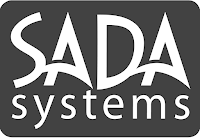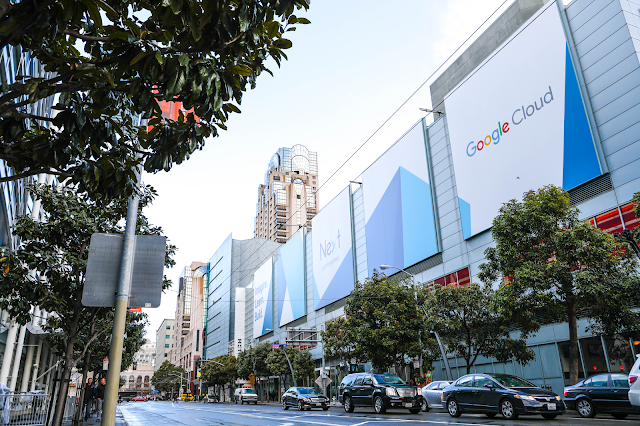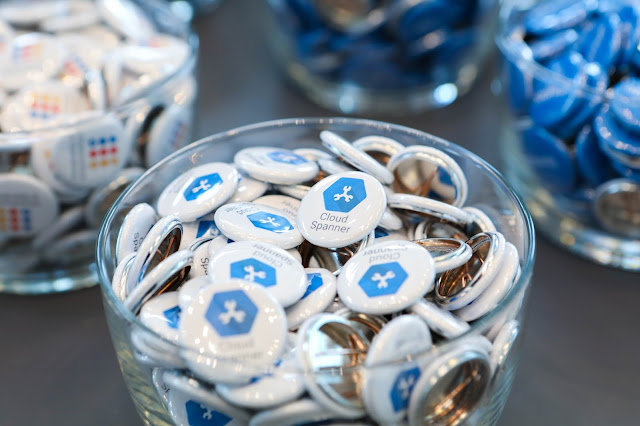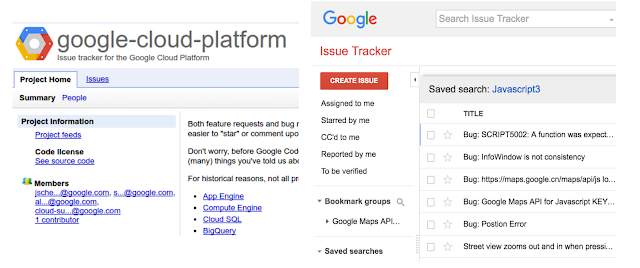By David Bendory, Tech Lead and Software Engineer and Christopher Sanson, Product Manager, Google Cloud Container Builder Team
At Google everything runs in containers, from Gmail to YouTube to Search. With
Google Cloud Platform (GCP) we're bringing the scale and developer efficiencies we’ve seen with containers to our customers. From cluster management on
Google Container Engine, to image hosting on
Google Container Registry, to our contributions to
Spinnaker (an OSS release management tool), we’re always working to bring you the best, most open experience for working with containers in the cloud.
Furthering that mission, today we're happy to announce the general availability of
Google Cloud Container Builder, a stand-alone tool for building container images regardless of deployment environment.
Whether you're a large enterprise or a small startup just starting out with containers, you need a fast, reliable, and consistent way to package your software into containers as part of an automated workflow. Container Builder enables you to build your Docker containers on GCP. This helps empower a tighter release process for teams, more reliable build environment across workspaces and frees you from having to manage your own scalable infrastructure for running builds.
Back in March, 2016, we began using Container Builder as the build-and-package engine behind
“gcloud app deploy” for the
App Engine flexible environment. Most App Engine flexible environment customers didn’t notice, but some who did commented that deploying code was faster and more reliable. Today we’re happy to extend that same speed and reliability to all container users. With its command-line interface, automated build triggers and
build steps — a container-based approach to executing arbitrary build commands
— we think you’ll find that Container Builder is remarkably flexible as well.
We invite you to try out our “Hello, World!” and to incorporate Container Builder into your release workflow. Contact us at
[email protected] or by using the “google-container-registry” tag on Stackoverflow and we look forward to your feedback.
Interacting with Container Builder
REST API and Cloud SDK
Container Builder provides a
REST API for programmatically creating and managing builds as well as a
gcloud command line interface for working with builds from the CLI. Our online documentation includes examples
using the Cloud SDK and
curl that will help enable you to integrate Container Builder into your workflows however you like.
UI and automated build triggers
Container Builder enables two new UIs in the
Google Cloud Console under Container Registry, build history and build triggers. Build history shows all your builds with details for each including logs. Build triggers lets you set up automated CI/CD workflows that start new builds on source code changes. Triggers work with
Cloud Source Repository, Github, and Bitbucket on pushes to your repository based on branch or tag.
Getting started: “Hello, world!”
Our
Quickstarts walk you through the complete setup needed to get started with your first build. Once you’ve
enabled the Google Container Builder API and
authenticated with the Cloud SDK, you can execute a simple cloud build from the command line.
Let’s run a “Hello, World!” Docker build using one of
our examples in GitHub. In an empty directory, execute these commands in your terminal:
git clone \
https://github.com/GoogleCloudPlatform/cloud-builders.git
cd cloud-builders/go/examples/hello_world_app
gcloud container builds submit --config=cloudbuild.yaml .
This last command will push the local source in your current directory (specified by “.”) to Container Builder, which will then execute your build based on the Dockerfile. Your build logs will stream to the terminal as your build executes, finishing with a hello-app image being pushed to Google Container Registry.
The
README.md file explains how to test your image locally if you have Docker installed. To deploy your image on Google App Engine, run this command, substituting your project id for <project-id>:
gcloud app deploy \
--image-url=gcr.io/<project-id>/hello-app app.yaml
Using the
gcloud container builds submit command, you can easily experiment with running any of your existing Dockerfile-based builds on Container Builder. Images can be deployed to any Docker runtime, such as App Engine or Google Container Engine.
Beyond Docker builds
Container Builder is not just a Docker builder, but rather a composable ecosystem that allows you to use any
build steps that you wish. We have
open-sourced builders for common languages and tasks like npm, git, go and the gcloud command line interface. Many images on DockerHub like Maven, Gradle and Bazel work out of the box. By composing your custom build steps, you can run unit tests with your build, reduce the size of your final image by rebaking your built image onto a leaner base image and removing build and test tooling and much more.
In fact, our build steps will let you run any Docker image as part of your build, so you can easily package the tools of your choice to move your existing builds onto GCP. While you may want to package your builds into containers to take advantage of other GCP offerings, there's no requirement that your build produce a container as output.
For example, here’s a "
Hello, world" example in Go that defines two build steps in a
cloudbuild.yaml: the first step does a standard Go build, and the second uploads the built application into a Cloud Storage bucket. You can arbitrarily compose build steps that can do anything that you can do in a Docker container.
Pricing
Container Builder includes 120 free build minutes per day per billing account. Most of our alpha program users found they were able to move their builds onto Container Builder in that time allotment at no cost. Over 120 minutes, builds cost $.0034 per minute. For full details on pricing and quota limitations, please see our
pricing documentation.












